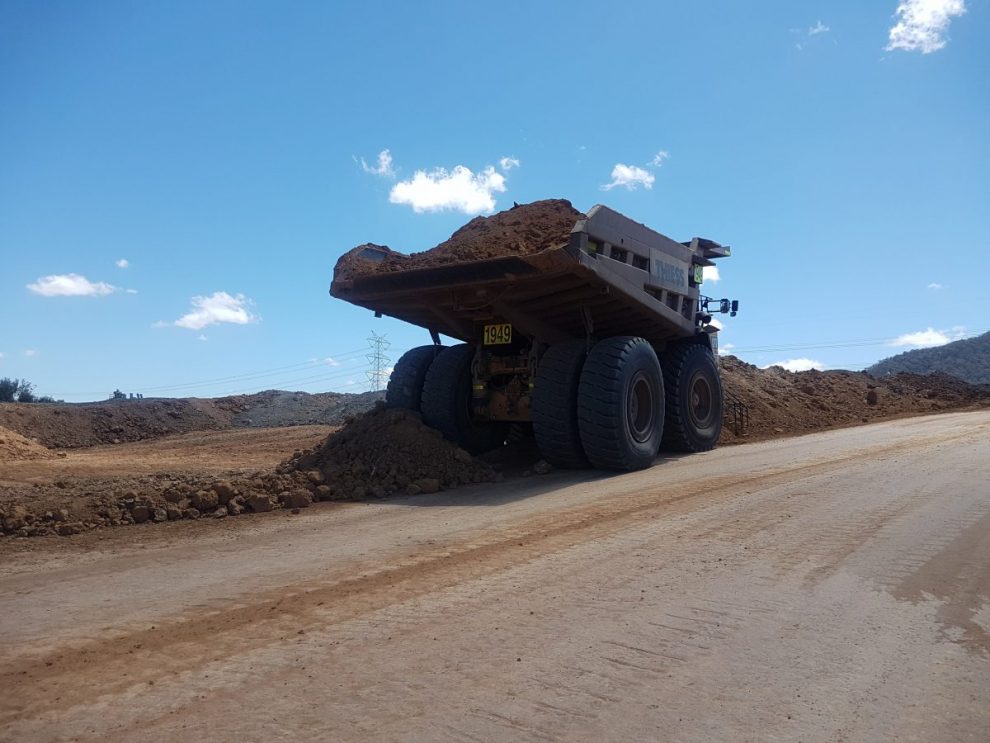The Australian minerals industry will convene an education summit in Melbourne in May 2018 to bring together industry, universities and government to develop a co-ordinated approach to building the mining workforce of the future.
Australia’s world-class minerals sector needs more highly-skilled young people to meet the needs of a growing and innovative industry.
Aside from the economic driver of commodity prices on enrolments, the 2018 mining education summit will look at current challenges including:
- A mining industry that is rapidly adopting new technologies, demanding different skills mix for a future workforce
- Low understanding among younger people of the role of mining in providing the essential elements of daily life
- Changing university models, generalising the early years of engineering study
- Modification of the 457 visa program making it harder to get access to overseas students, teachers and qualified professionals.
Australia’s world-class mining workforce is the product of industry innovation and investment in skills and training. The sector provides high-value, high-wage jobs in a range of scientific and highly-skilled professional occupations, employing more geologists and geophysicists, industrial and mechanical engineers and metallurgists and physicists than any other industry.
The mining engineering pipeline has been rapidly declining, with projected enrolments dropping from 171 in 2017 to 98 in 2018, 69 in 2019 and 47 in 2020. This is in the face of marked increases in demand for mining, energy and resources employees – according to SEEK, job ads in mining, resources and energy grew by 54 per cent in the last 12 months.
The Australian minerals industry employs more than 200,000 high-paid, high-skilled professionals and tradespeople, mostly in regional and remote Australia, with a workforce that is younger, better-paid, better trained and has a much higher share of Indigenous Australians and apprentices than all-industry averages.
Average full-time weekly pay in the mining sector is $2,610, which is 67 per cent higher than the all-industries average and 1.4 times higher than in the US, Germany and Canada.
Over the past decade, wage growth averaged 4.4 per cent per year, compared to the all-industry average of 3.5 per cent. Almost all jobs (98 per cent) in mining are full-time, the largest proportion of all industries.
The mining industry spends five times more than government benchmarks on training, with 64 per cent of skilled workers holding a Certificate III qualification or higher, compared to the all-industry average of 58 per cent.
The Australian minerals industry is working hard and collaborating with others to encourage more young people to take up engineering and other mining courses to meet the needs of the workforce of tomorrow.














Add Comment